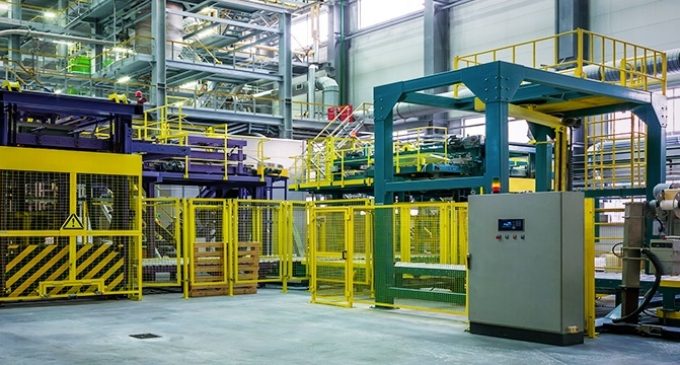Irish manufacturing sector continued to contract in July

Latest PMI® data for Ireland continued to signal challenging operating conditions across the manufacturing economy. Goods producers scaled back production at a rate that was among the sharpest in the survey’s history and new orders declined at a quicker pace, owing to ongoing demand fragility, according to the AIB Irish Manufacturing PMI for July 2023.
Purchasing activity was pared back markedly but employment growth was renewed. Elsewhere, falls in both input costs and output charges were sustained in July with the drop in the former the quickest since April 2020.
Commenting on the survey results, Oliver Mangan, AIB Chief Economist, said: “The AIB Irish Manufacturing PMI survey for July showed a continuation of the deterioration in business conditions in the sector at the start of the third quarter. The headline index registered a reading of 47.0, down slightly from 47.3 in June and 47.5 in May. The ongoing contraction in Irish manufacturing activity is in line with the trend in most other economies, amid a global downturn in the sector, especially in Europe. The flash July Manufacturing PMIs for the Eurozone and UK slipped further to 42.7 and 45.0, respectively, while in the US, the index picked up to 49.0.
 “Irish manufacturing continues to be weighed down by muted customer demand. This was reflected in new orders falling for a fifth month in-a-row and at their quickest pace to date in 2023. This weakness in orders meant that production continued to decline at one the sharpest rates in the survey’s history. Official CSO data also show a steep fall in Irish manufacturing output so far this year.
“Irish manufacturing continues to be weighed down by muted customer demand. This was reflected in new orders falling for a fifth month in-a-row and at their quickest pace to date in 2023. This weakness in orders meant that production continued to decline at one the sharpest rates in the survey’s history. Official CSO data also show a steep fall in Irish manufacturing output so far this year.
“Amid the lower level of production, firms continued to scale back their purchases of inputs, with spare capacity still on the rise as backlogs of outstanding work maintained their marked downward trend. Meanwhile, stocks of finished goods showed a marginal rise. On a more encouraging note, employment in manufacturing increased, while firms maintained their positive outlook for the year ahead.
“Meantime, the weakness in activity resulted in a further easing in inflationary pressures. Input prices fell for the fourth consecutive month, driven by falling raw material prices and lower supplier charges. The drop in input costs saw factory gate prices decline again for the third month in a row.”


























